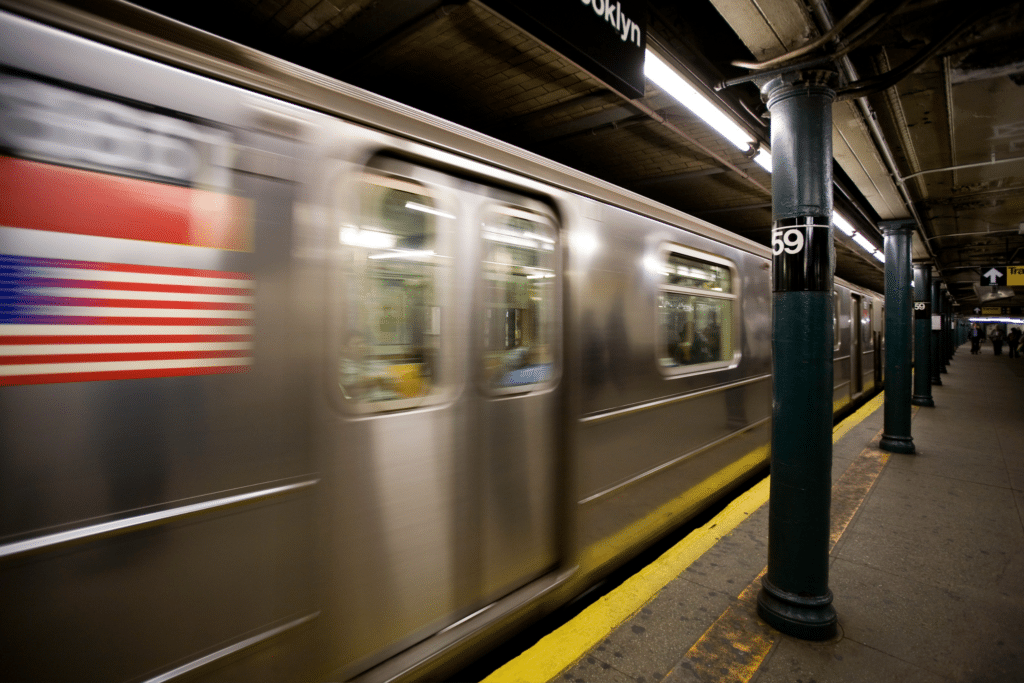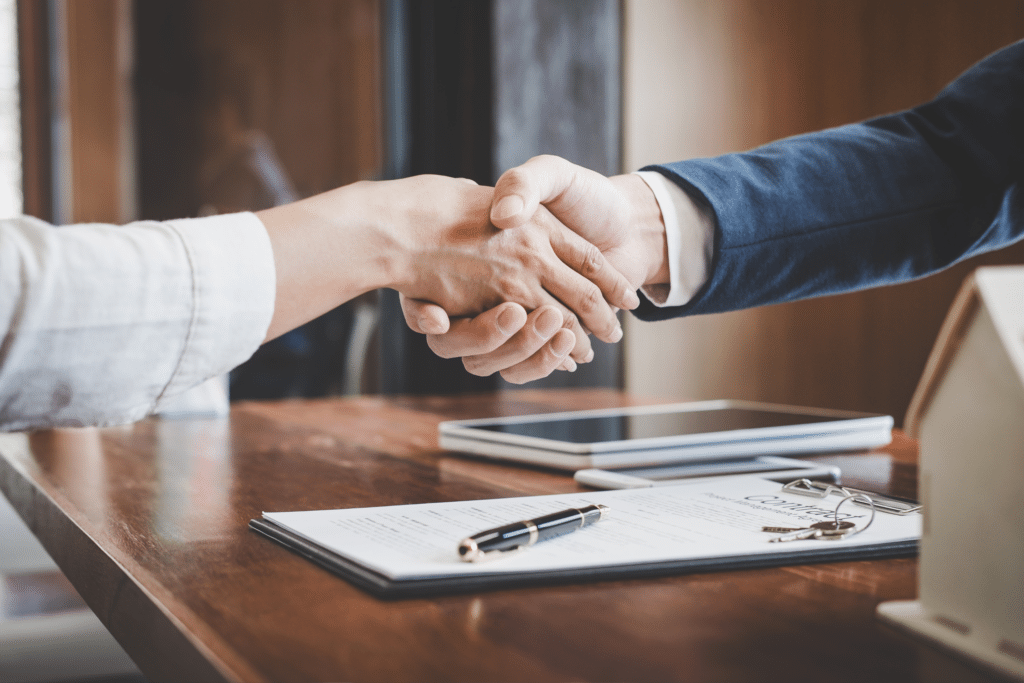
The New York City subway system is one of the busiest and most complex public transportation networks in the world, serving millions of passengers daily.
But while it is generally a safe mode of transportation, accidents do happen. When they do, they are often quite severe. Moreover, determining liability can be a complicated process involving multiple factors, including the nature of the accident, the responsible parties, and the applicable laws.
This blog post will explore how liability works in New York City subway accidents, the steps victims should take after an incident, and the importance of seeking legal representation.
Understanding NYC Subway Accident Liability
Liability in subway accidents refers to the legal responsibility for the injuries or damages that occur as a result of the incident. In New York City, the Metropolitan Transportation Authority (MTA) operates the subway system, and it is often the primary entity involved in liability claims. However, liability is not always straightforward, as several factors can influence who is ultimately held responsible.
The MTA’s Responsibility
As the operator of the subway system, the MTA has a duty to ensure the safety of its passengers. This duty includes maintaining subway trains, tracks, stations, and other infrastructure, as well as ensuring that employees, such as train operators and maintenance workers, perform their duties safely and effectively. If the MTA fails in these responsibilities, it can be held liable for accidents that result from its negligence.
Scenarios where the MTA may be liable include:
Train Derailments. If a train derails due to poor track maintenance or operator error, the MTA may be held liable for any resulting injuries or damages.
Slips and Falls. If a passenger slips and falls due to wet floors, debris, or other hazards in a subway station, the MTA may be responsible for failing to maintain a safe environment.
Platform Accidents. Accidents on subway platforms, such as being struck by a train or falling onto the tracks, may involve MTA liability if they occur due to overcrowding, lack of safety barriers, or other preventable factors.
Defective Equipment. If an accident occurs due to faulty subway doors, escalators, or other equipment, the MTA may be liable for failing to properly maintain or repair these devices.
Third-Party Liability
In some cases, liability for a subway accident may extend beyond the MTA to include third parties. For example, if a private contractor hired by the MTA fails to perform their work safely, resulting in an accident, they may share liability.
If an accident is caused by a defect in the subway train or other equipment, the manufacturer of the defective product may be held liable under product liability laws.
In some instances, another passenger’s negligent or intentional actions may contribute to an accident. For example, if a passenger pushes another person onto the tracks, the responsible individual may be held liable for the injuries.
Steps to Take After a New York Subway Accident
If you are involved in a subway accident in New York City, taking the following steps can help protect your rights and strengthen your case for compensation:
Seek Medical Attention. Your health and safety are the top priority. Seek immediate medical attention, even if you believe your injuries are minor. Some injuries may not be immediately apparent, and a medical evaluation will document the extent of your injuries.
Report the Accident. Notify the station agent or MTA employee about the accident as soon as possible. Ensure that an official report is filed, as this will serve as important documentation if you pursue a claim.
Gather Evidence. If possible, gather evidence at the scene, such as photographs of the hazard or accident site, contact information of witnesses, and any other relevant details. This evidence can be crucial in establishing liability.
Keep Records. Maintain records of all medical treatments, expenses, and any communication with the MTA or other parties involved in the accident.
The Importance of Working with an Experienced NY Subway Accident Attorney
Navigating a subway accident claim against the MTA or other liable parties can be challenging due to the legal complexities involved. The MTA, as a government entity, has specific procedures and deadlines for filing claims, making it critical to act quickly and correctly. Additionally, proving negligence or liability often requires thorough investigation and legal expertise.
An experienced personal injury attorney can help in a number of important ways. For one, they can evaluate the circumstances of your accident and determine who may be liable for your injuries.
There are also strict deadlines and procedures for filing claims against the MTA, known as a Notice of Claim, which must be submitted within 90 days of the accident. An attorney can ensure that all necessary paperwork is filed correctly and on time.

Your lawyer will also negotiate on your behalf. The MTA may attempt to settle claims quickly and for less than you deserve, but an attorney can work to ensure you receive fair compensation.
Finally, if a fair settlement cannot be reached, an attorney can represent you in court to pursue the compensation you are entitled to.









